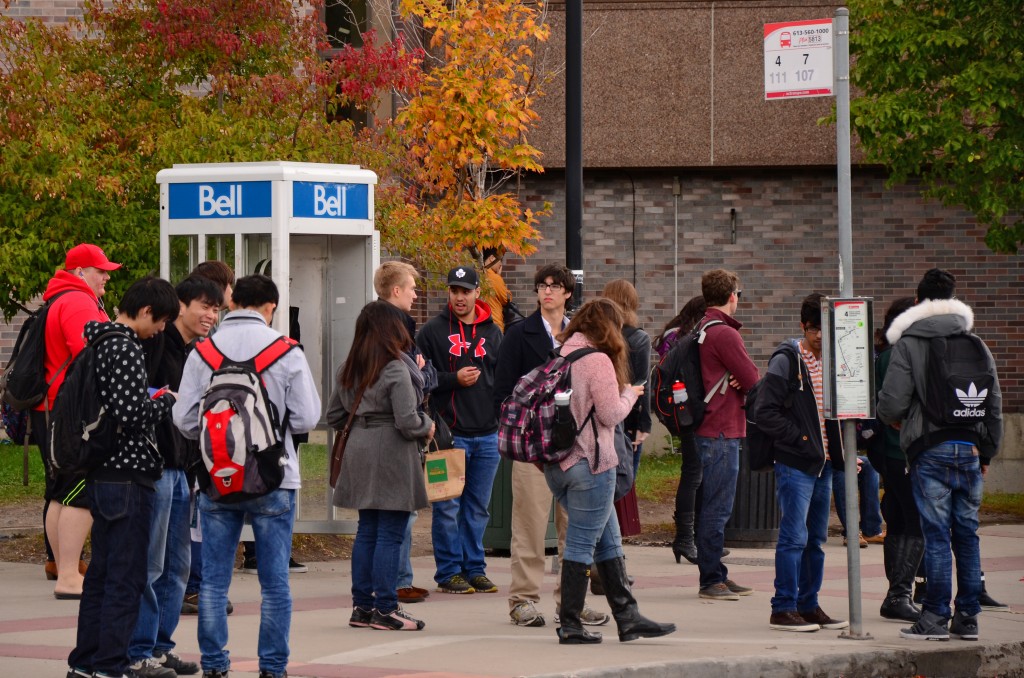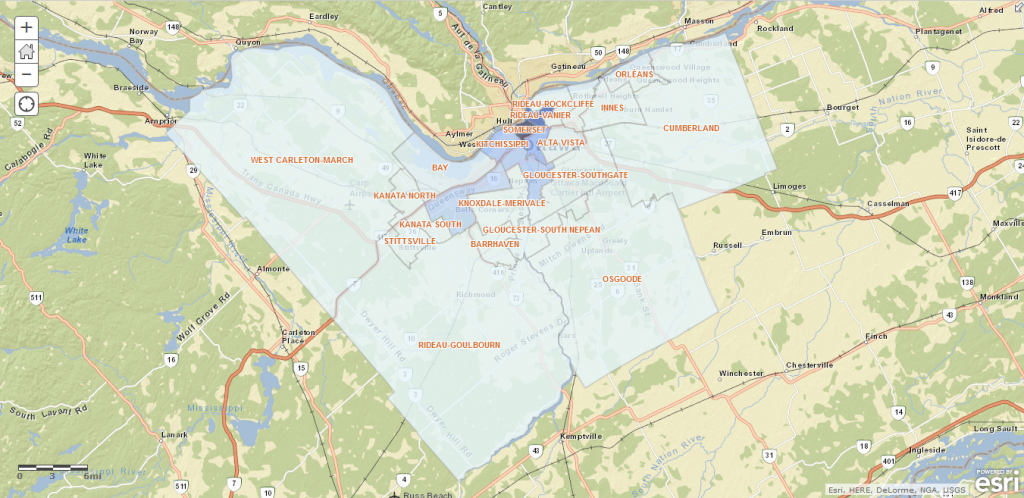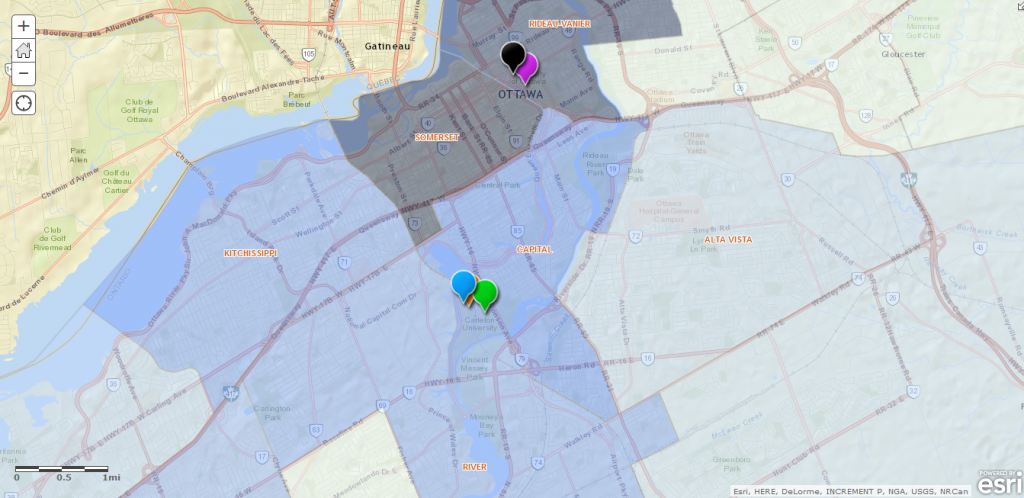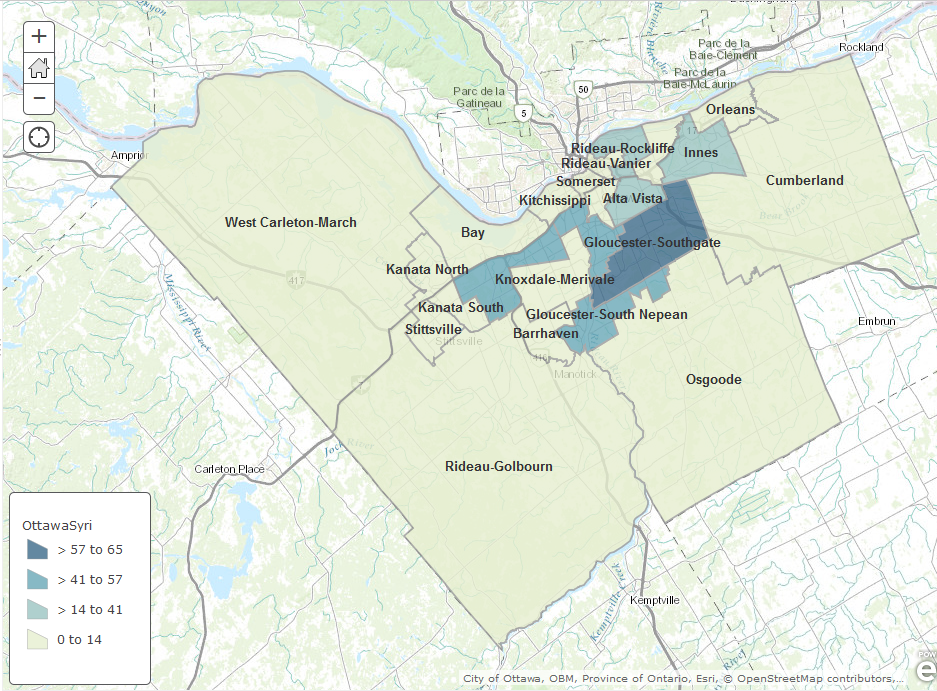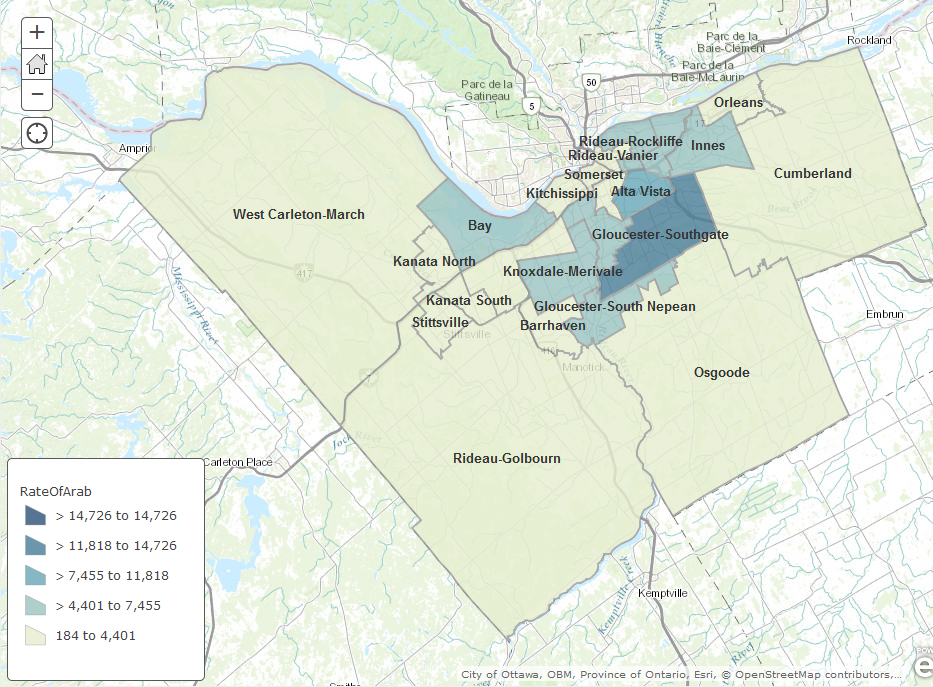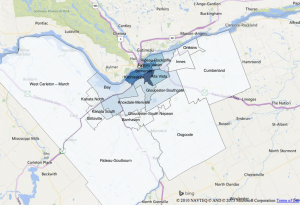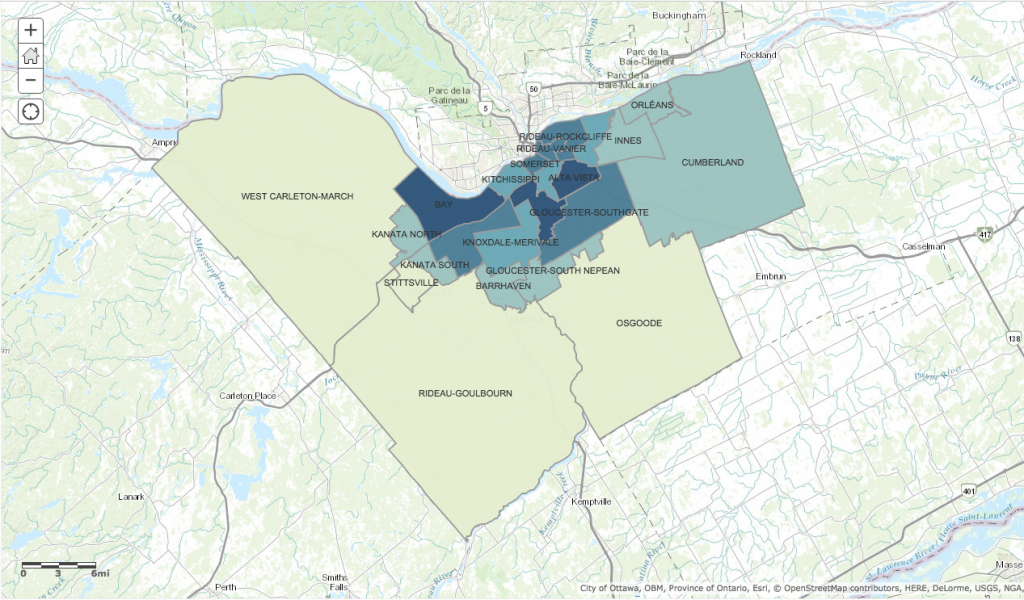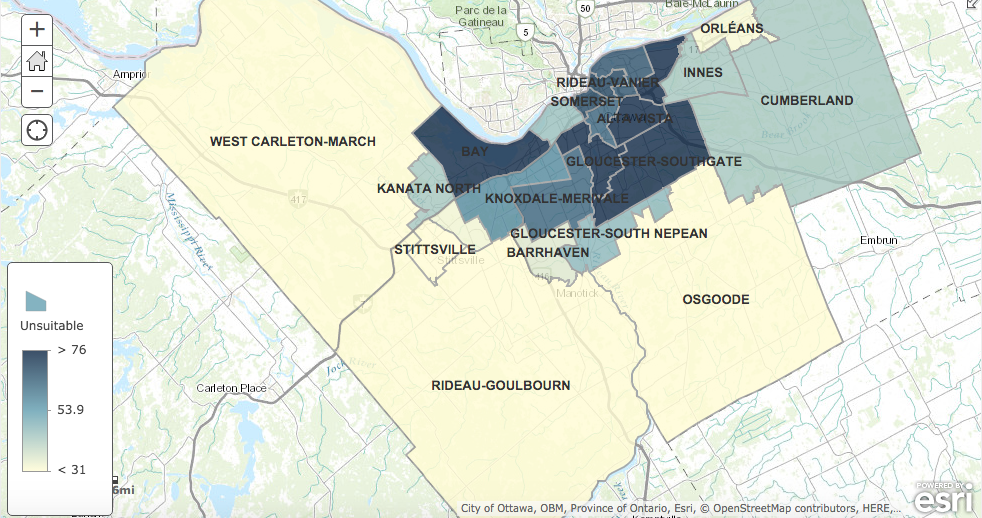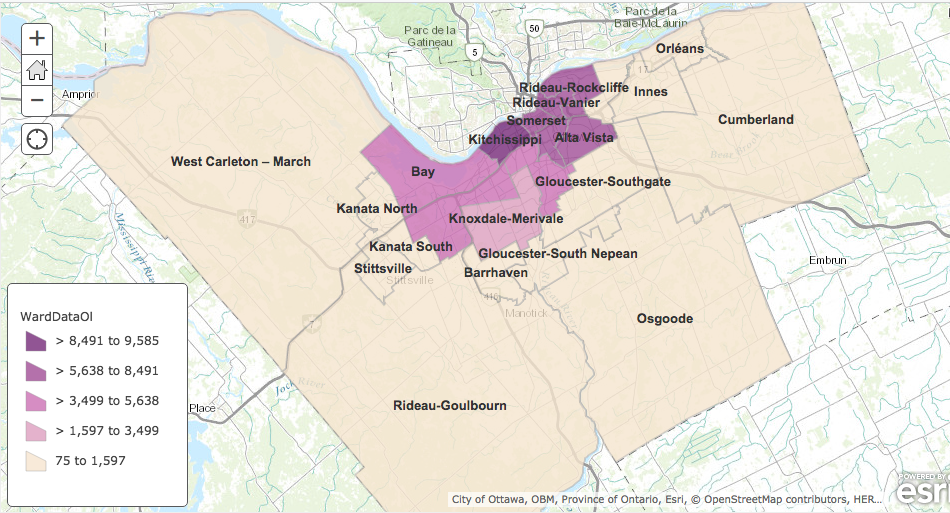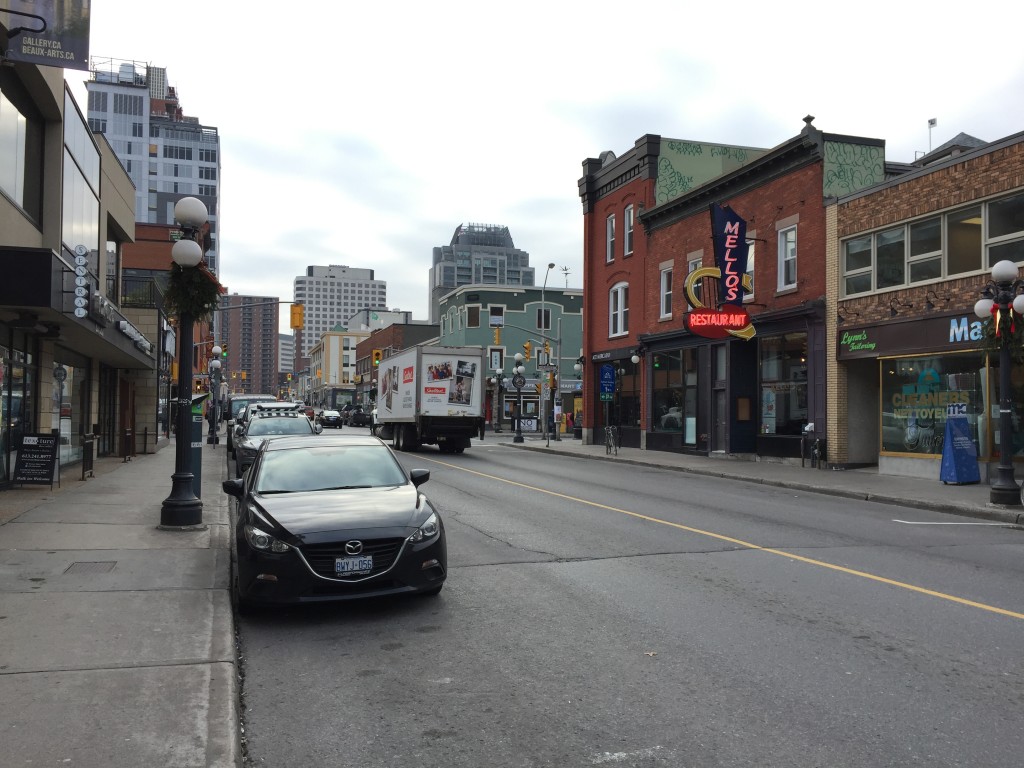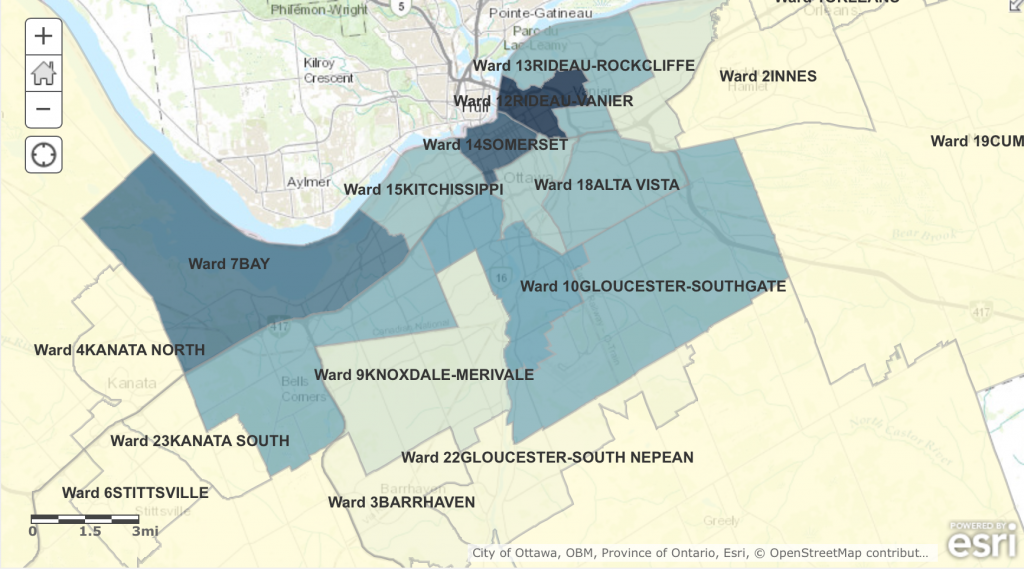![Kitchissippi, as seen above, is the ward with the highest concentration of old, pre-1960 houses in Ottawa. [Source: Aishu Ravishankar]](http://www.davidmckie.com/wp-content/uploads/2015/12/Screen-Shot-2015-12-09-at-11.34.16-PM.png)
New residents are increasingly choosing to demolish old houses – some even older than Confederation itself – in Kitchissippi neighbourhoods. According to an analysis of Ottawa census data from 2011 (the last census taken before the Conservative government eliminated the mandatory long-form census), the oldest private dwellings (from 1960 or earlier) in Ottawa are concentrated in the Kitchissippi ward.
Coun. Jeff Leiper of the Kitchissippi ward said that the oldest houses in the area are older than Confederation.
Leiper said the houses are likely gathered in his ward because the area was much less affected by the fires that occurred in Ottawa in previous years.
The old houses, he said, are often seen as too much work to fix up or not big enough for the newer buyers in the neighbourhoods, so they are rarely interested even trying to renovate them. Few houses, such as the one below, end up being restored.
“There’s a real tension there,” he said. “The charm of the neighbourhood certainly comes from its older houses … but there’s definitely a trend towards taking those houses down.”
Leiper said areas in the ward such as Hintonburg, Westboro, Wellington Village and Champlain Park are progressively seeing older houses being torn down, with much larger houses replacing them.
![Hintonburg is one of the main areas to raze and rebuild older houses. [© spotmaticfanatic via Flickr Creative Commons]](http://www.davidmckie.com/wp-content/uploads/2015/12/Hintonburg.jpg)
The community associations in the ward, he added, often meet with infill developers to talk about their desire in keeping the old houses, “but unfortunately at this point, it really is market-driven.”
Kacey Cryan, the owner-operator of the Student Works painting division for Westboro, said the new buyers who do choose to renovate often try to preserve the interiors of their houses, as part of owning one of these houses is having an antique feel to them.
“They may knock down some walls or change the overall layout of the house, but the actual, say, moldings around the door or the doors themselves, they’re left intact because that antique look is sometimes fashionable.”
He added, however, that homeowners can find continual maintenance of antique parts or finishes too tedious, time-consuming or expensive – especially those of the exteriors.
Since much more wood was used to build houses in earlier years, Cryan said the exteriors often rot to such an extent that owners cannot afford to restore it, or the cost of restoration can exceed that of rebuilding.
“I found that houses that were really old had a bigger property … they would tear down the old house and build three houses on the one property,” Cryan said.
“They’re building up – so instead of two floors really widespread, it’s three floors, but they’re really skinny.”
Leiper also said that the biggest trend he has seen is an old home being torn down, and two semi-detached homes are being built in its place.
“Both those semi-detached homes are, by and large, as large as or larger than the house that they replace.”
Leiper noted that each of those semi-detached homes tend to sell for about $800,000 to $1.2 million, which many people who bought their homes in, say, the early 90s, cannot necessarily afford today.
“We’re just sitting on properties that, because of big, broad shifts in North America, have become very valuable land.”
Christiane Campbell, a Westboro resident whose family bought their home in 2002, said the poor condition of their nearly hundred-year-old home made the house more affordable to them.
After the first three years, their house went through an extensive, year-long period of renovation. It included changing the layout of the first floor, waterproofing and insulation.
“We essentially gutted it in stages. The result is a completely changed house – the only remains are the staircase and the main structure of the second floor.”
Campbell said the family wasn’t interested in knocking it down, and was largely able to afford the renovation by doing the work in stages.
They wanted to keep the “cottage-y kind of look” of the exterior, and appreciated its quaint style, which she said isn’t being built anymore.
“It’s a shame if every old house that changes hands winds up as some big, modern structure. I think it’s nice to have a mixture, and to keep some of that older character.”


